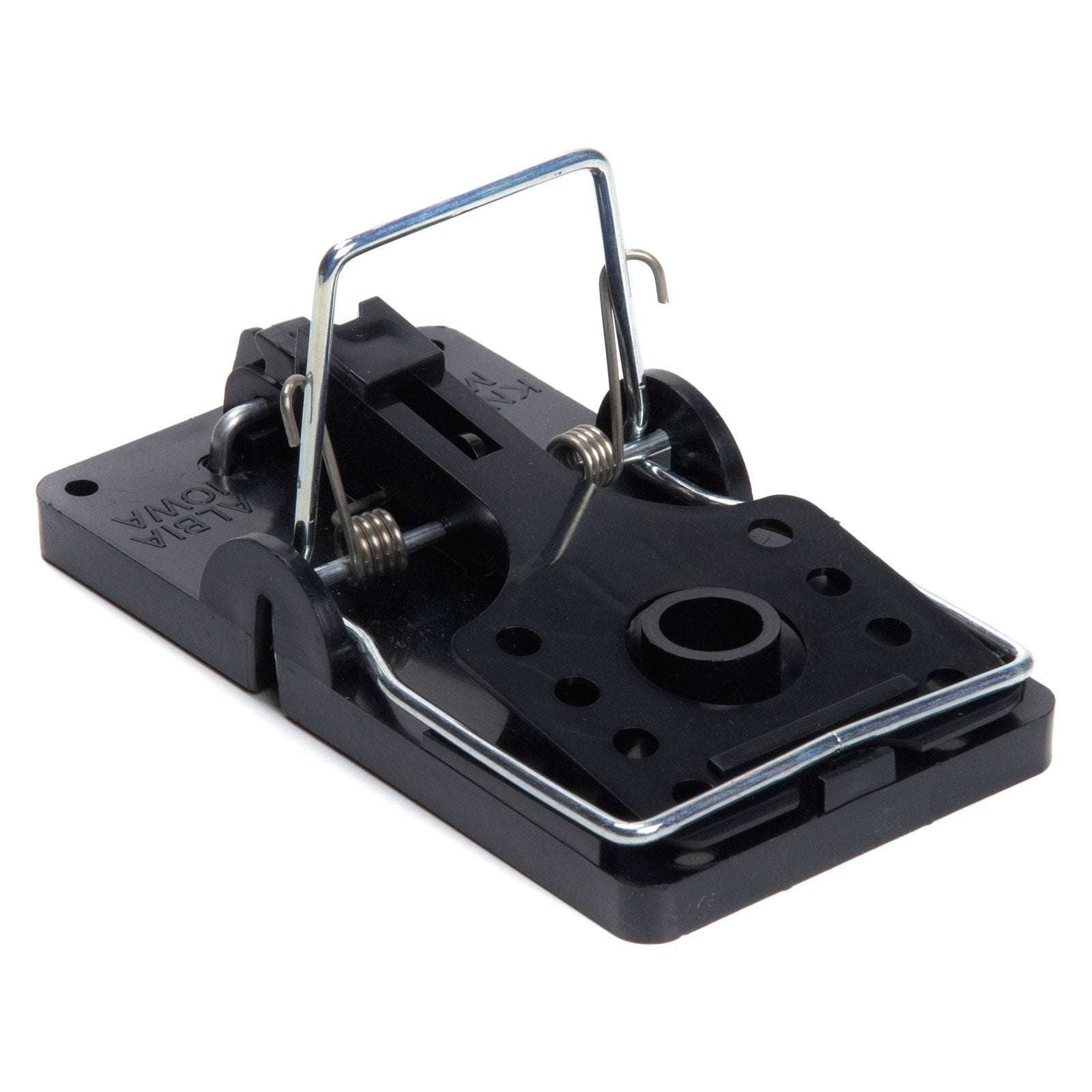

But, according to Joe Dagg, a schoolteacher who studied mousetraps on the side, European settlers in the Midwest may have been peddling predecessors of the modern snap trap by the nineteenth century. Many trap designs have been lost to time. Patent and Trademark Office didn’t exist until years later. The United States didn’t begin granting patents until 1790 the U.S. Sixteenth-century springs, Drummond explained, weren’t powerful enough to deal a lethal blow with a metal bar, as generally happens in today’s snap traps teeth might have been required to pierce a mouse’s skin, instead.

In a 1992 paper, David Drummond, a zoologist and author of several animal-trap histories, noted that Mascall called these “Dragin” traps, perhaps because of their spiked teeth.
#This war of mine rat trap how to#
Mascall published a series of books on how to keep a fine English home: one explained “howe to plante and graffe all sortes of trees,” and another, “fishing with hooke & line.” His final volume, published in 1590, was “a booke of engines and traps to take polcats, buzardes, rattes, mice and all other kindes of vermine and beasts whatsoever, most profitable for all Warriners, and such as delight in this kinde of sport and pastime.” It contained many mousetraps, two of which resemble what we’d now call snap traps. Some of the oldest known mousetraps were catalogued in the late sixteenth century, by Leonard Mascall, the clerk of the kitchen to the Archbishop of Canterbury.


 0 kommentar(er)
0 kommentar(er)
